Sawdust to Cooking Oil: The Food Tech Breakthrough Changing Your Kitchen
Difficulty: Novice
Time: 15 minutes
Cost: ~$0 (understanding the process)
Why this food tech breakthrough matters to you
You’re in the kitchen, reaching for that bottle of cooking oil. From sawdust? That twist is real. An Estonian startup, ÄIO, has figured out how to turn wood waste into edible cooking fats with a fermentation process that works a lot like brewing beer, according to ÄIO.
This is not just another alternative oil story. Their tech converts agricultural waste into sustainable replacements for palm and coconut oil using specialized microorganisms that produce beneficial fatty acids and antioxidants from materials like sawdust, research shows. With environmental concerns mounting and oil prices moving around, the same familiar fermentation could soon be behind food grade ingredients in your pantry, as reported by ÄIO.
How sawdust becomes your next cooking fat
The transformation starts with Estonia’s most abundant waste stream, sawdust from the forestry and timber industry, according to industry analysis. ÄIO’s method uses what they call a "red bug" microbe, a patented creation that converts agricultural side streams into edible fats and oils, as detailed by research.
Think bread. Think beer. Controlled fermentation turns simple inputs into something different, only here the input is sawdust and the output is valuable cooking ingredients, according to company reports. Sawdust fits because it is abundant, low cost, and often treated as waste that would be landfilled or burned.
After fermentation, the company dries and encapsulates the result, creating a pink beige powder that can be pressed into blocks or used as powder for plant based products and baked goods, industry sources indicate. Simple kitchen logic meeting climate logic.
What makes these fats different from store-bought oils
Unlike the clear bottles on your shelf, ÄIO’s fermented fats come naturally loaded with antioxidants, particularly carotenoids that lend a deep orange color similar to palm oil, according to technical reports.
The fermentation yields fats rich in healthy fatty acids and beneficial compounds, with three distinct products tailored to kitchen needs, research demonstrates. There is Red Oil for general cooking and frying, Encapsulated Oil for plant based meat alternatives, and a buttery fat that can replace coconut oil and shortenings in baking, as documented by food industry sources. These alternatives also promise better health profiles with reduced risk of allergic reactions, unlike some conventional oils that can trigger sensitivities in certain individuals, according to company research.
The environmental impact you should know about
Waste to food solves two headaches at once. Agricultural and wood waste often creates environmental issues when poorly managed, studies show. ÄIO’s production uses significantly less land and water than conventional oil production and it is faster to make, according to sustainability analysis.
The carbon math stands out. Company calculations suggest this approach could mitigate 160,000 tons of CO2 each year compared to traditional palm oil production, the rough equivalent of removing about 35,000 cars from the road for a year, research indicates.
Sawdust turns from disposal problem to high value food input, cutting landfill burden while supplying useful ingredients, as documented by industry reports.
When you’ll see these products in stores
ÄIO has secured €2.9 million through private investments and grants to push toward market, funding reports show. They are now navigating EU novel food approval, the regulatory gate any new food ingredient must pass before reaching consumers, regulatory sources indicate.
The timeline looks real for eager home cooks. The company plans industrial scale production by 2026, with retail entry targeted for the same window, according to business development reports. A licensing strategy that partners with existing companies, instead of building massive new facilities, could speed up availability across regions, business analysis shows.
Expect specialty stores first, then a gradual move into mainstream supermarkets as partnerships expand and approvals land.
What this means for your future cooking
This is more than a swap for canola or coconut. It is a look at how food tech can tackle environmental problems and still improve what ends up in your skillet. The palm oil market alone is worth $60 billion, a big target for sustainable alternatives like ÄIO’s fermented fats, market analysis reveals.
And it is not a solo act. About 20 companies are working on similar sustainable fat alternatives with novel processing, a sign that your go to oils could soon come from waste streams rather than resource intensive plantations, industry research shows.
ÄIO is also exploring uses in cosmetics and animal feed, so this tech could touch the moisturizer in your bathroom and the food your pets eat, diversification reports indicate. Keep an eye out over the next few years. You might be telling friends your favorite cooking oil started life as wood chips, and they will shrug and say, makes sense.












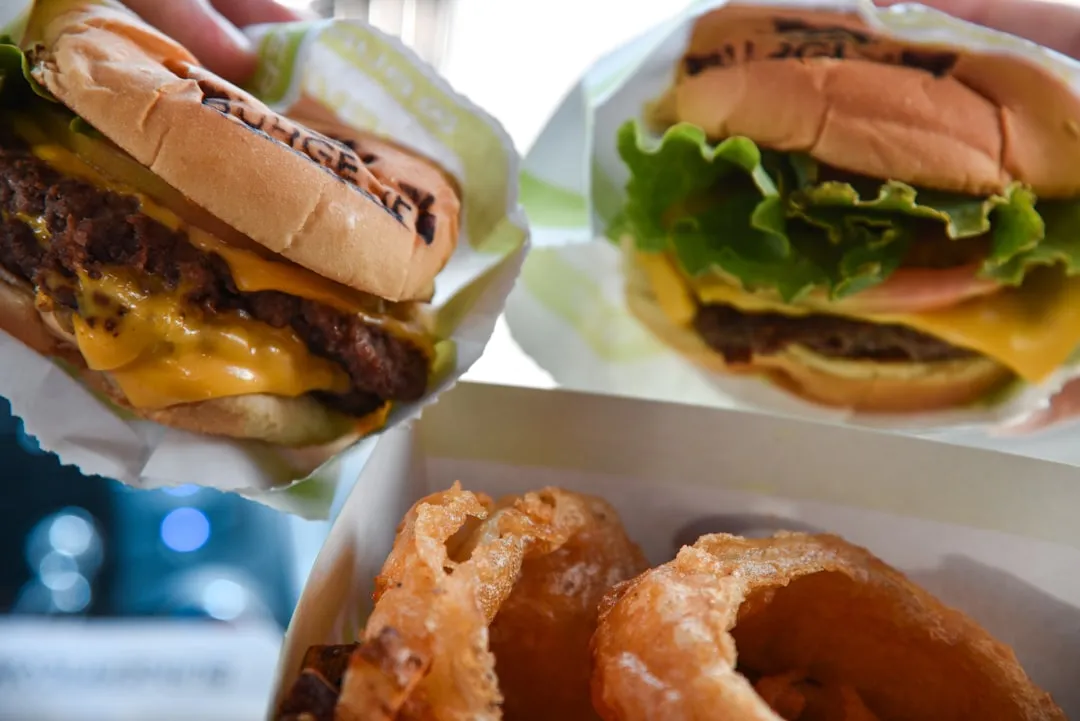
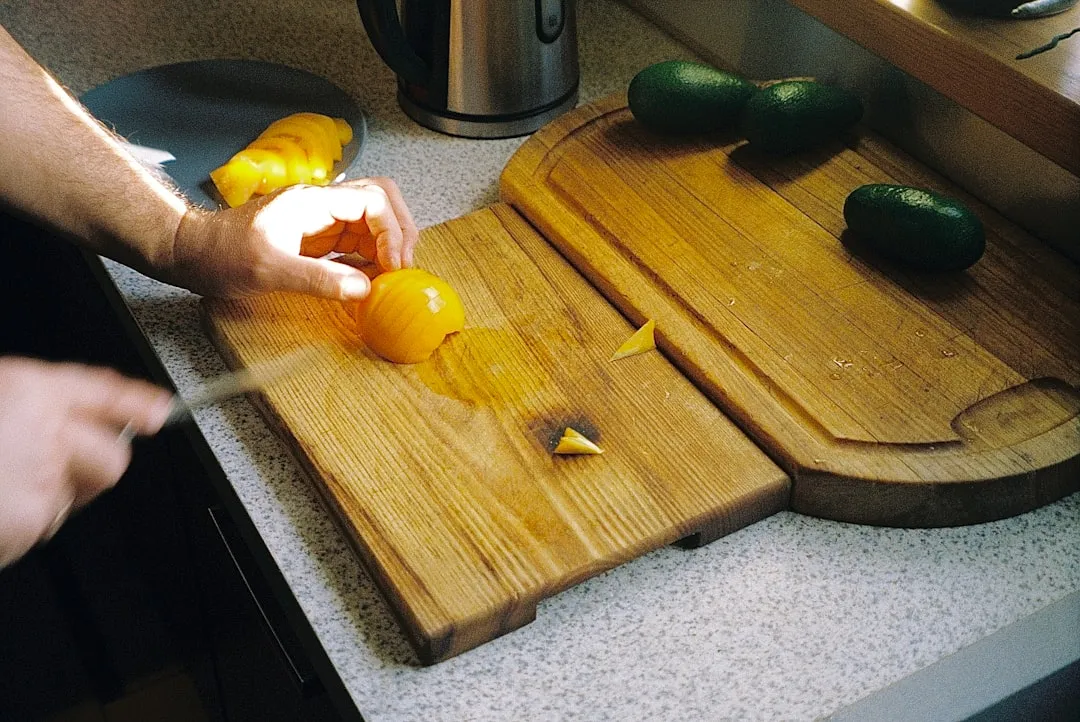

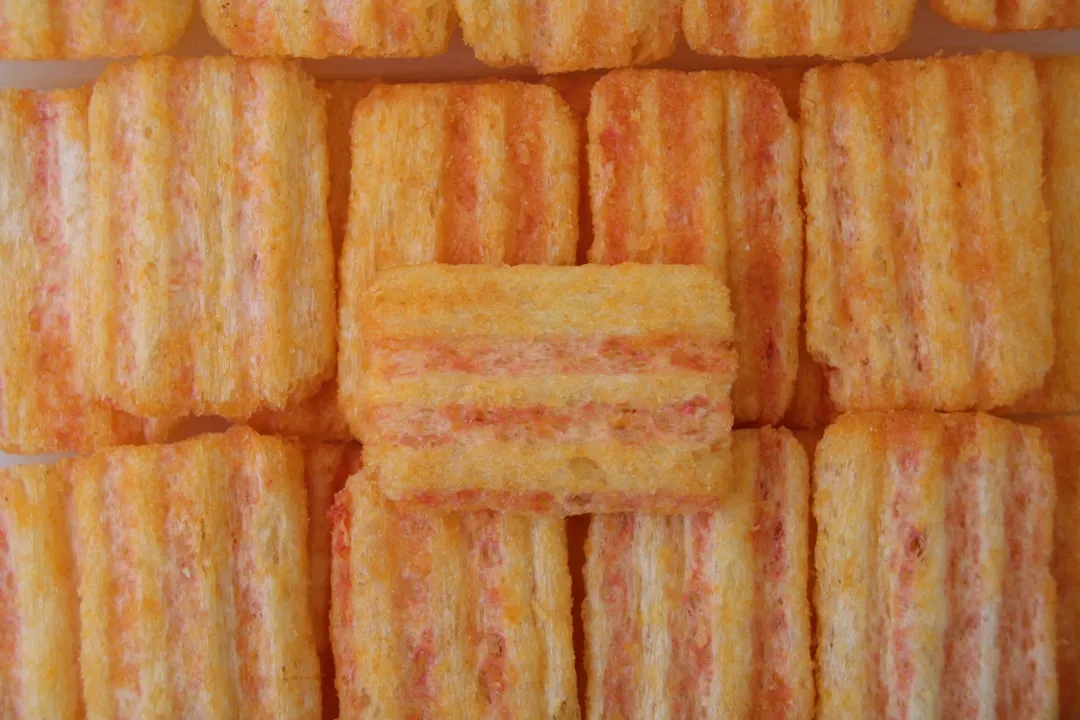
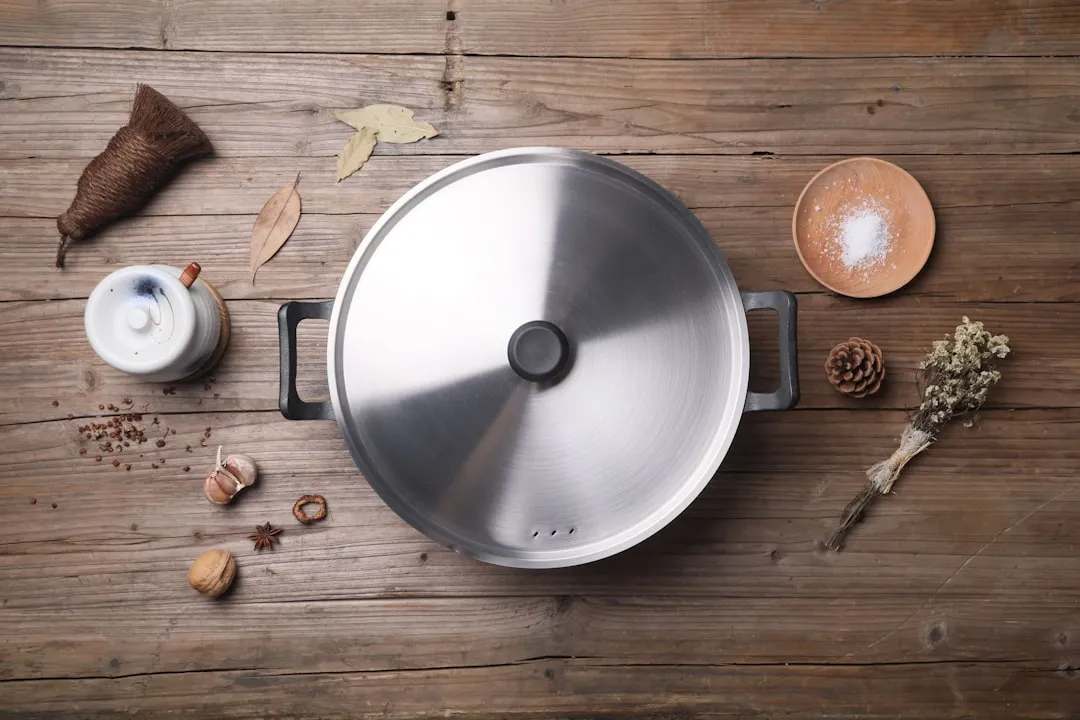


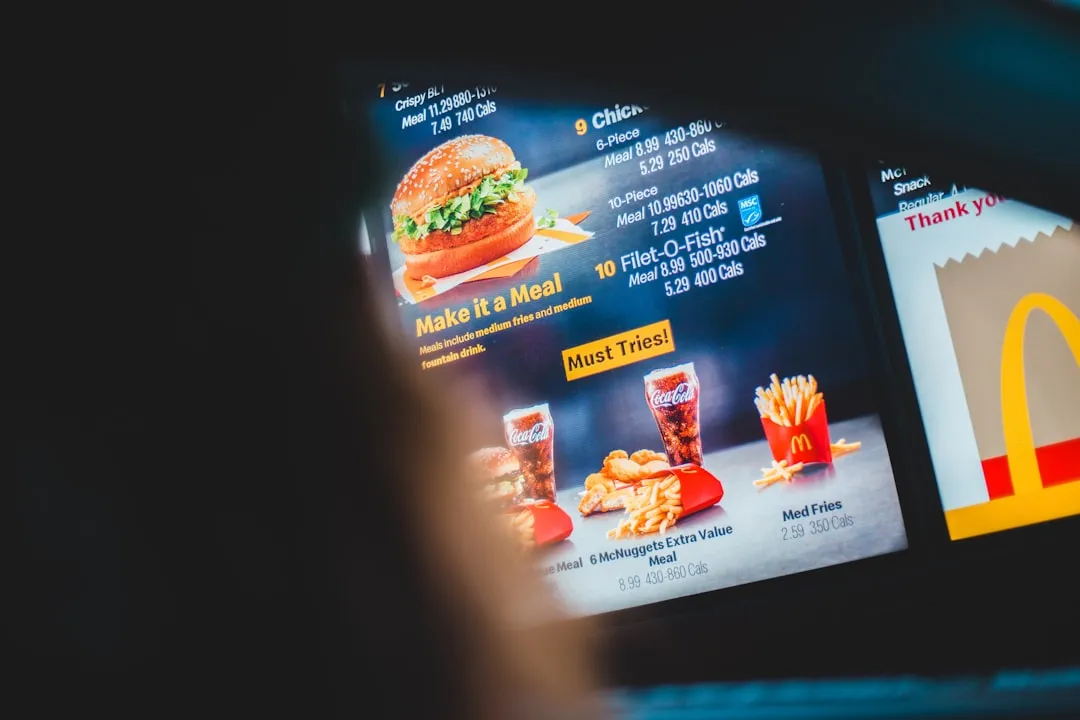

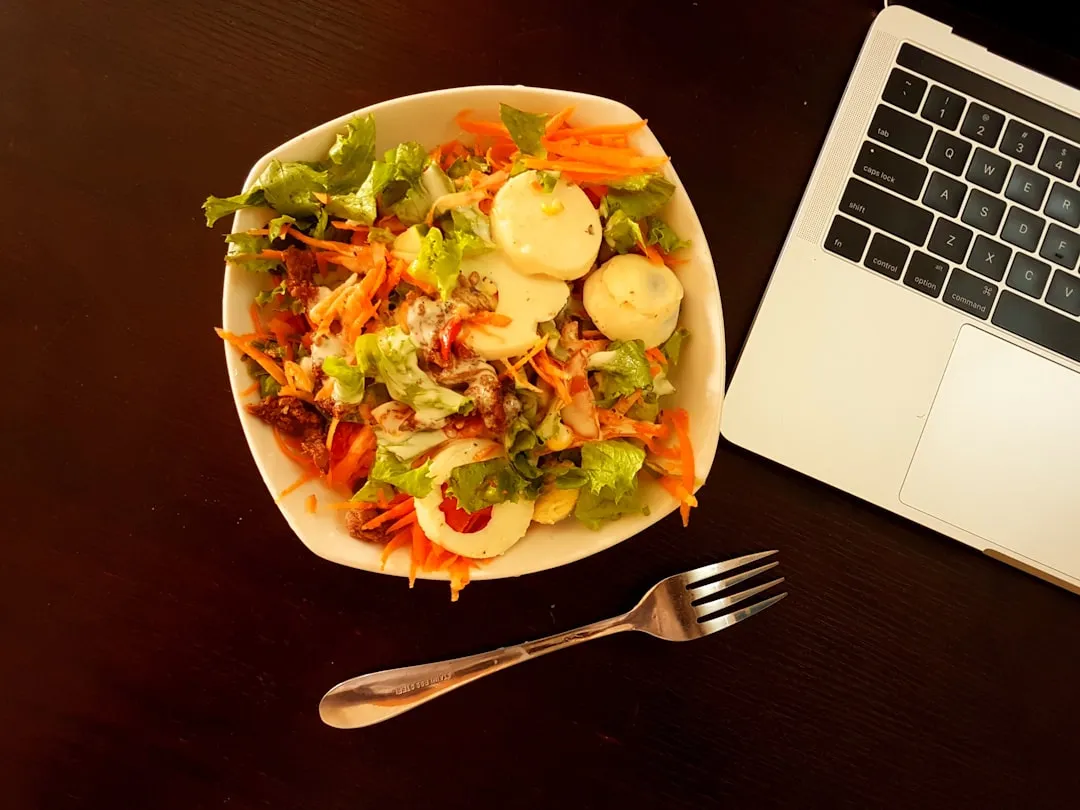
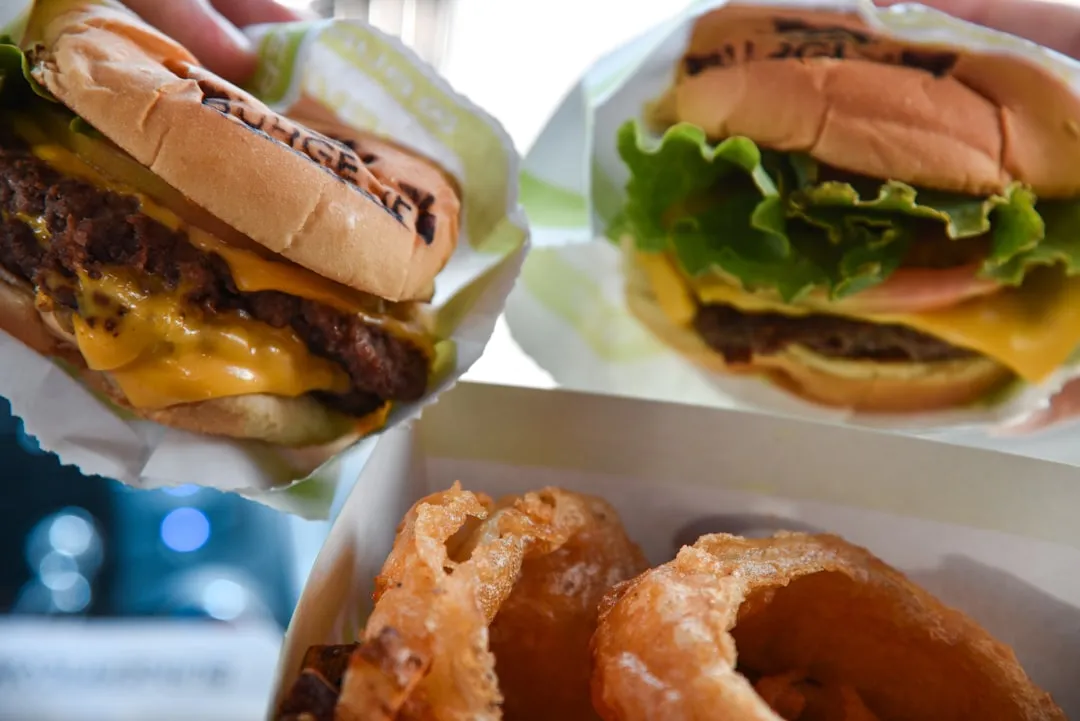

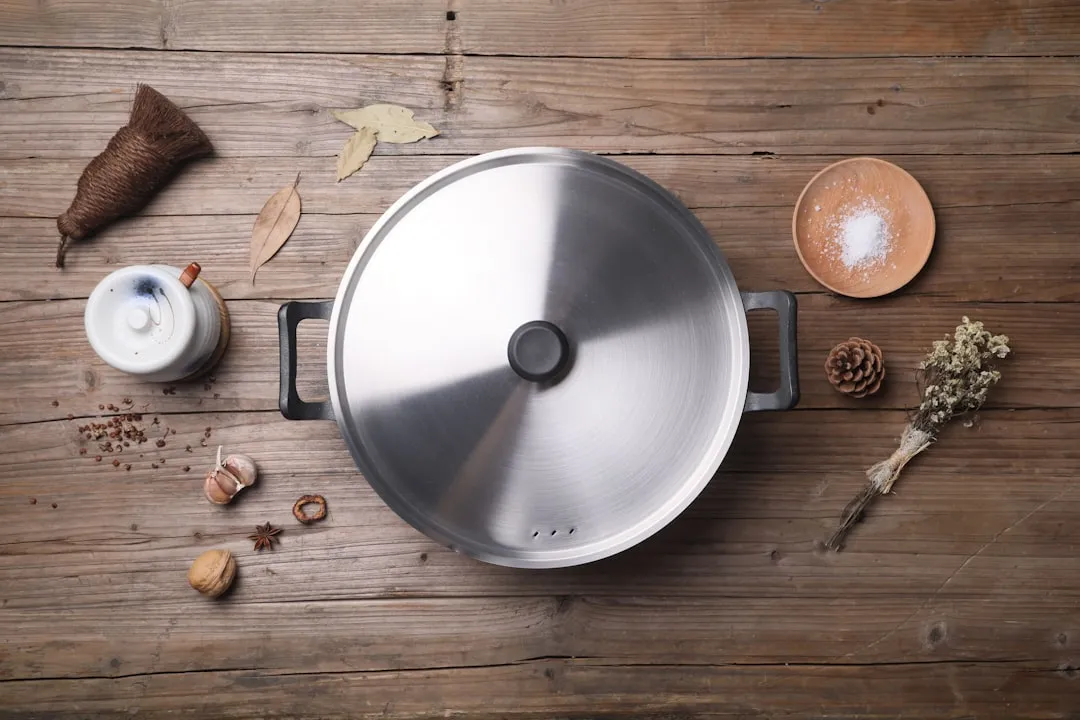
Comments
Be the first, drop a comment!